AFP – Glacier National Park’s ice fortress is crumbling. The giant trees of Sequoia National Park are ablaze. And even the tenacious cacti of Saguaro National Park are struggling to endure a decades-long drought.
Since their creation, national parks have embodied the pioneering spirit of America in their vast expanses and breathtaking landscapes.
But today, the climate crisis imperils the very symbols of many parks, leaving them facing a future where their names could be cruel ironies.
Deep within Montana’s Glacier National Park, the once majestic Grinnell Glacier is now greatly diminished.
After a gruelling trek, visitors are met with a stunning sight: a serene lake of pale blue water, nestled among towering peaks. But as beautiful as it is, the very presence of this lake is testament to the ravages of a fast-warming planet.
Just a few decades ago, this landscape was entirely frozen.
Now the glacier itself is relegated to a small hollow, sheltered from the sun, at the edge of the lake created through its own melting.
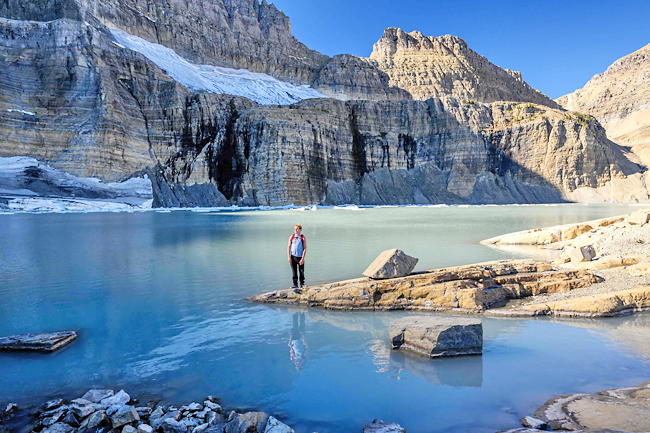
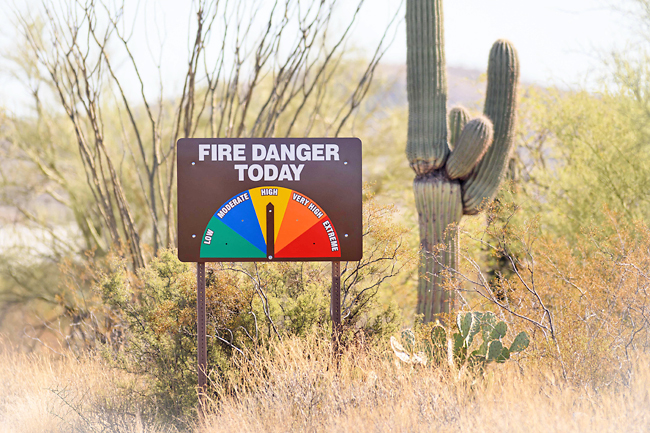
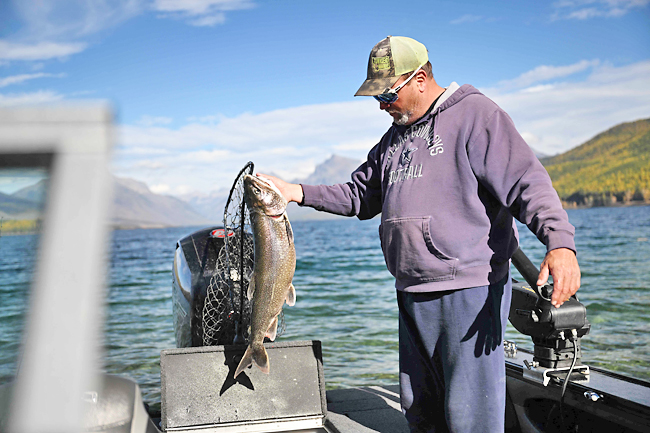
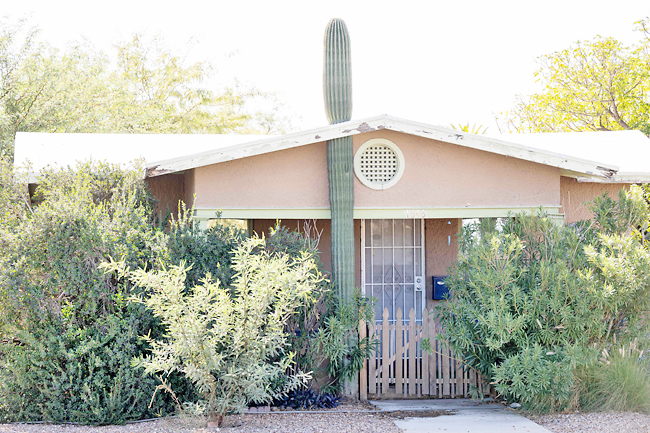
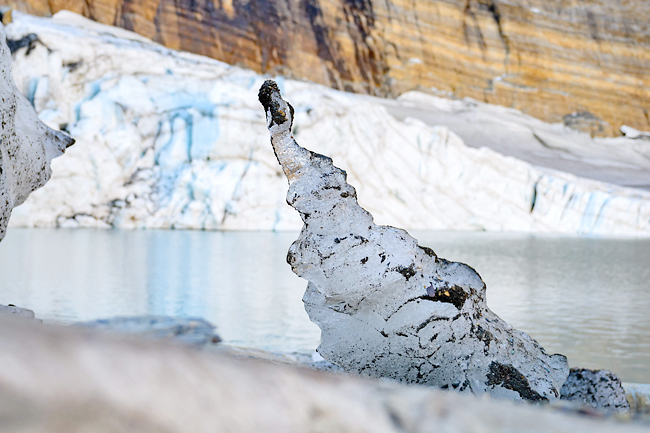
As he straps on his crampons, student Ryan Bergman marvels at what still remains of the ice body.
“I want to know that this stuff is here for years to come,” said the 22-year-old, who has embarked on a two-month journey to explore a dozen parks.
He dreams of one day returning with his own children to see the same sights.
But time is running out. The park has already lost 60 per cent of its namesake glaciers since the 1850s, and scientists predict their complete disappearance by century’s end.
Families from all over America and abroad flock to these natural wonders to create memories that will last.
“It’s certainly possible that the parks could lose the iconic feature for which they’ve been named.”
On the shores of Glacier’s Lake McDonald, the park’s head of aquatic resources Chris Downs shared the story of the massive effort it took to rescue the beleaguered bull trout.
The fish is a native species threatened by warming waters, which are driven in part by reduced ice melt in later summer.
It is also facing competition from non-native lake trout, which were introduced for fishing and are better suited to the changing conditions.
Fifty years ago, bull trout outnumbered their invasive counterparts by a five-to-one margin. Today, the situation is reversed.
In 2014, a decision was made to relocate the native species to cooler, upstream waters where they had never previously been found.
Downs recalls workers transporting dozens of fish in backpacks filled with ice packs, with thousands more from fish farms slated to be whisked away to their new habitats via helicopter.
“They’re growing really well” in their new home, said the biologist.
Critics call it a manipulation of nature. Downs calls it a “necessity.”
Also as a result of climate change, the park is conducting DNA testing of threatened whitebark pines, identifying those most resilient to drought for planting at targeted locations as part of a restoration plan.
A 2018 study revealed national parks are warming at twice the rate of the rest of the country, because they are mainly located in climate-sensitive regions like mountain ranges or in Alaska, near the North Pole.
“We’re already seeing transformational impacts of anthropogenic climate change throughout parks right now,” warned Gross.
At Saguaro National Park in Arizona, home to the largest concentration of iconic saguaro cacti in the country, approximately two million of the towering desert plants cluster together like a forest, their arms outstretched towards the sky.
To the untrained eye, they appear to be thriving.
However, these resilient cacti that evolved to cope with ultra-arid environments are facing hidden threats as a result of a drought that began around 30 years ago.
In 2020 and again last year, the region experienced unusually meager rainfall in the summer, typically a time of monsoon rains.
During this period, a non-native plant, buffelgrass, began to colonise the park. This invasive weed, introduced from Africa as livestock fodder, fuels fires that have ravaged saguaros in the past, as in 1994 and 1999.






